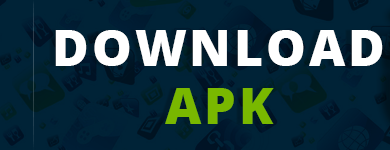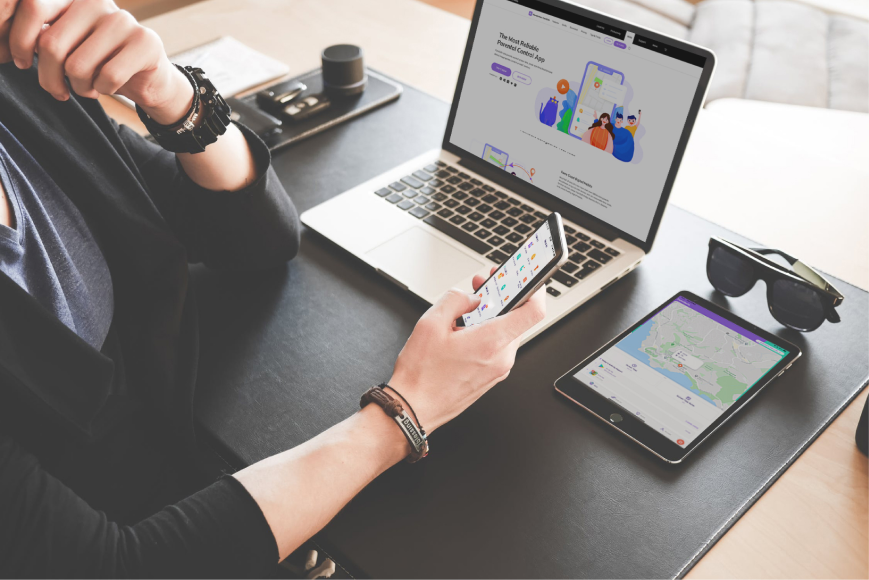How to Build a Dating App: Key Features and Technologies

The days when online dating was frowned upon have long gone. So has the stigma surrounding them. Nowadays, most Americans have tried online dating at least once in their life, with many choosing dating apps as their primary means of meeting new people.
Some of the most popular dating apps among paying customers include Tinder, Bumble, Match, Eharmony, Plenty of Fish (PoF), Hinge, and Grindr. Choices abound, but it wasn’t always like this.
Some researchers trace early attempts at “online dating” to times before the Internet — 18th-century personal ads, to be more precise. Back then, people were placing ads in newspapers, announcing their personal interests. It was rare and considered radical.
Today, dating app development is booming, and to succeed in this demanding market, you need to come up with a unique approach and offer useful features.
What Are the Types of Dating Apps?
Dating apps differ significantly from one another. They have to. People naturally flock, first and foremost, to those apps that already have a bigger user base, as they have more potential opportunities to meet someone there. To attract user attention, an app has to offer something unique, be it functionality, specialization, superior matching algorithm, etc.
Most dating apps fall under three main categories:
Matching Dating Apps
Also known as “old-school” online dating platforms, matching apps and websites employ matching algorithms to determine pairs of people that might have a lot in common. Usually, such services ask every newcomer, upon submitting a registration form, to complete a questionnaire, with questions about their interests, values, beliefs, goals, etc.
After analyzing the data, users are presented with one or more “matches” — people who, according to the system’s algorithm, have a high likelihood of being a suitable mate for the person. Match and Eharmony are premier examples of “old-school” dating apps.
Geographic Proximity Dating App
One of the most popular dating apps in existence, Tinder, currently accounts for 51% of all paying dating app customers in the US. The app represents the geographic proximity type of dating apps. The main idea behind this app is as simple as it is ingenious — we are much more likely to actually meet in person and date those who are closer to us — geographically speaking.
With such apps, there is no need for lengthy questionnaires. Just fill in some basic information, like the age and gender of people you are interested in, and you can start looking through the profiles.
Specific Niche Dating Apps
As a way to distinguish themselves from the crowd or just help people with particular interests find true love, some app creators develop specific niche dating apps. Possibly the largest user base here to consider is the LGBTQ+ community. Grindr is an example of an app that caters to the needs of these folks. Other niche dating apps might focus on the religion, hobbies, or aspects of the personality of their potential users.
Key Features of Dating App
A number of features must be implemented in a dating app to make it fully functional. Depending on what type of dating app you want to create, you might consider the following features:
Tech Stack for Dating App
Choosing your tech stack might feel overwhelming. First, determine what operating system you plan to develop your app for. If your answer is iOS, then you should consider Objective-C and Swift. Objective-C was used by Apple until 2014 when they introduced Swift. Currently, Objective-C is more stable than Swift, but the latter is gaining popularity fast.
If you wish to develop an app for Android, there are several languages to choose from. Java and Kotlin are arguably the most popular. Java was the official language of Android development until 2019 when Google replaced it with Kotlin. Other popular languages for Android apps include C++, C#, and Python.
If you want to design an app for both platforms and do not have time and/or resources to develop two completely different apps, you might also consider having an app developed in JavaScript with the help of a framework, such as React Native.
Also read: Flosum Tips for Small Businesses iOS and Android App Development
Conclusion
The necessary restrictions placed by many countries on their citizens because of Covid-19 have incentivized more people than ever to join the online dating world. This creates more demand than new, creative dating apps can satisfy.





